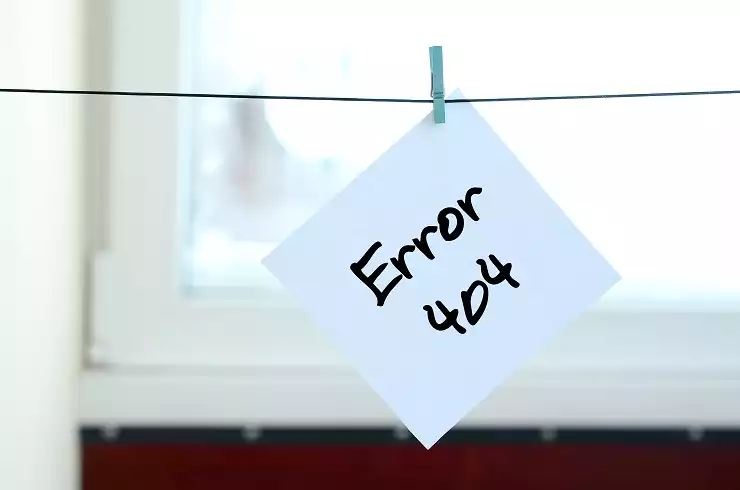You seem to have arrived at a page that doesn’t exist.
You can quickly resolve this by navigating back to the previous page or checking the URL and trying again.
You Also can click here to return to Home page.

You seem to have arrived at a page that doesn’t exist.
You can quickly resolve this by navigating back to the previous page or checking the URL and trying again.
You Also can click here to return to Home page.